The evolution of AI, and in particular conversational AI like GPT, has profound implications for both front end assistance and the creative process for technicians and creators. As an expert in media ecology and digital UI and UX, the notion of how AI can transform the ways in which humans interact with and use technology is fascinating. Let's explore this potential development in three areas: front end assistance, the creative process, and automating workflows.
In the world of front end design, the prime objective has always been to make interaction between the user and the system as intuitive, efficient, and pleasurable as possible. The integration of AI in the form of chatbots and assistants can augment this interaction, creating a more personalized, responsive, and dynamic user experience.
For example, AI-driven UI could adapt and tailor itself to the user's needs and habits. Advanced AI algorithms can learn from the user's behavior, preferences, and past interactions to present more relevant information and options. Imagine a UI that evolves with the user, growing more efficient over time.
Additionally, AI can offer more direct interaction through natural language processing. Users could simply tell the system what they need in their own words, and the system would interpret and execute the command. This hands-free, voice-activated control can be especially useful for users with disabilities or in situations where manual interaction is not possible or efficient.
AI has the potential to democratize the creative process. No longer will advanced technical skills be a prerequisite to produce quality content or achieve specific technical tasks. With AI, we can have a more intuitive, language-driven approach. Users can tell the AI what they want to create or achieve, and the AI can guide them through the process or even execute it.
In addition, AI can provide inspiration, generate ideas, or suggest solutions that the user might not have considered. For example, for a designer, an AI could suggest design patterns, color schemes, or even generate a rough mockup based on the designer's initial ideas.
One of the most powerful potentials of AI is its capacity to automate repetitive tasks. This not only saves time but also allows the user to focus on more complex, creative, or strategic tasks.
AI can also manage and optimize workflows. It can suggest more efficient ways of achieving a task, balance workloads, prioritize tasks, and even predict future tasks based on historical data. For instance, in a video editing process, an AI can help manage the editing timeline, suggest cuts or transitions, balance audio levels, and more, ultimately optimizing the whole process.
As we move into the future, the line between the user and the tool will blur. AI will become more of a collaborator, an assistant that understands and anticipates the user's needs. This development carries its own challenges and considerations, especially regarding privacy, control, and the potential homogenization of the creative process. As with any tool, the key is to use AI in a way that augments human potential without overshadowing or suppressing it.
The core center of this VENN diagram – AI-Driven Digital Evolution – this is the area where AI manages to integrate all three concepts, providing front end assistance, simplifying the creative process, and automating workflows simultaneously.

The issues that could arise in this area and potential solutions might include:
- Issue: User Dependency on AI – As users become more accustomed to AI doing more tasks, there's a risk they might lose important skills and become overly dependent on AI.
Solution: Strike a balance between automation and manual control. Design systems that encourage learning and skill development while also providing convenience. - Issue: Lack of Personalization – With automation, there could be a lack of unique, personalized outcomes in creative work.
Solution: Implement AI systems that learn from and adapt to individual user behaviors and preferences. Allow users to easily customize AI suggestions. - Issue: Privacy and Data Security – With AI learning from user behavior, there's an increased risk of data breaches and privacy invasion.
Solution: Implement stringent data security measures and ensure that users have control over their data. Transparently communicate how user data is used and stored.
“Digital careers stimulated by these problems and solutions are people like UX/UI designers, AI engineers, and data scientists, developing solutions primarily for end-users and businesses wanting to leverage AI technology.”
CAREER DIRECTION
